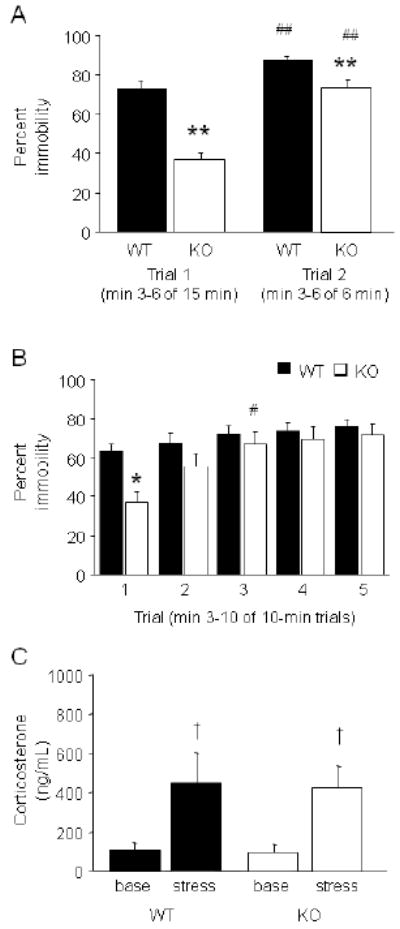FIGURE 2. GluA1 KO showed decreased immobility in the forced swim test.

(A) KO exhibited significantly less immobility than WT over each of 2 FST trials, although the effect was larger during min 3-6 of a 15-min trial 1 than min 3-6 of a 6-min trial 2 (**p<.01, vs. WT/same trial). WT and KO both showed increased immobility from trial 1 to 2 (##p<.01 vs. trial 1/same genotype) (n=15/genotype). (B) When tested over 5 × 10 min FST trials, KO displayed less immobility than WT during trial 1 (*p<.05) but not trials 2-5. KO showed a significant increase in immobility by trial 3 (#p<.05) (n=13-18/genotype). (C) Serum corticosterone was similarly elevated in WT and KO after a single FST trial, relative to non-stressed baseline (†p<.05 vs. base) (n=4-6/genotype/stress). Data are Means ±SEM.
